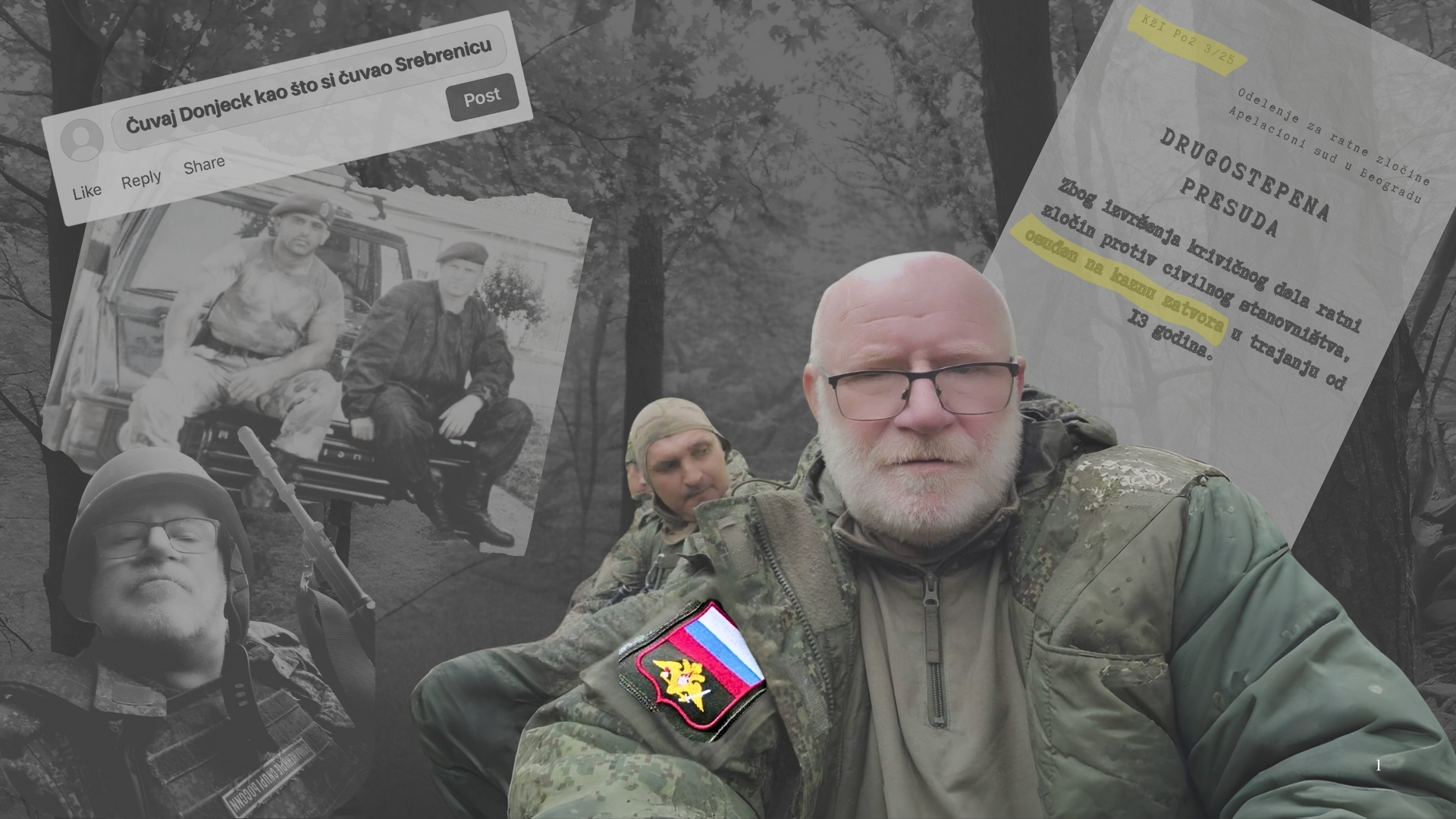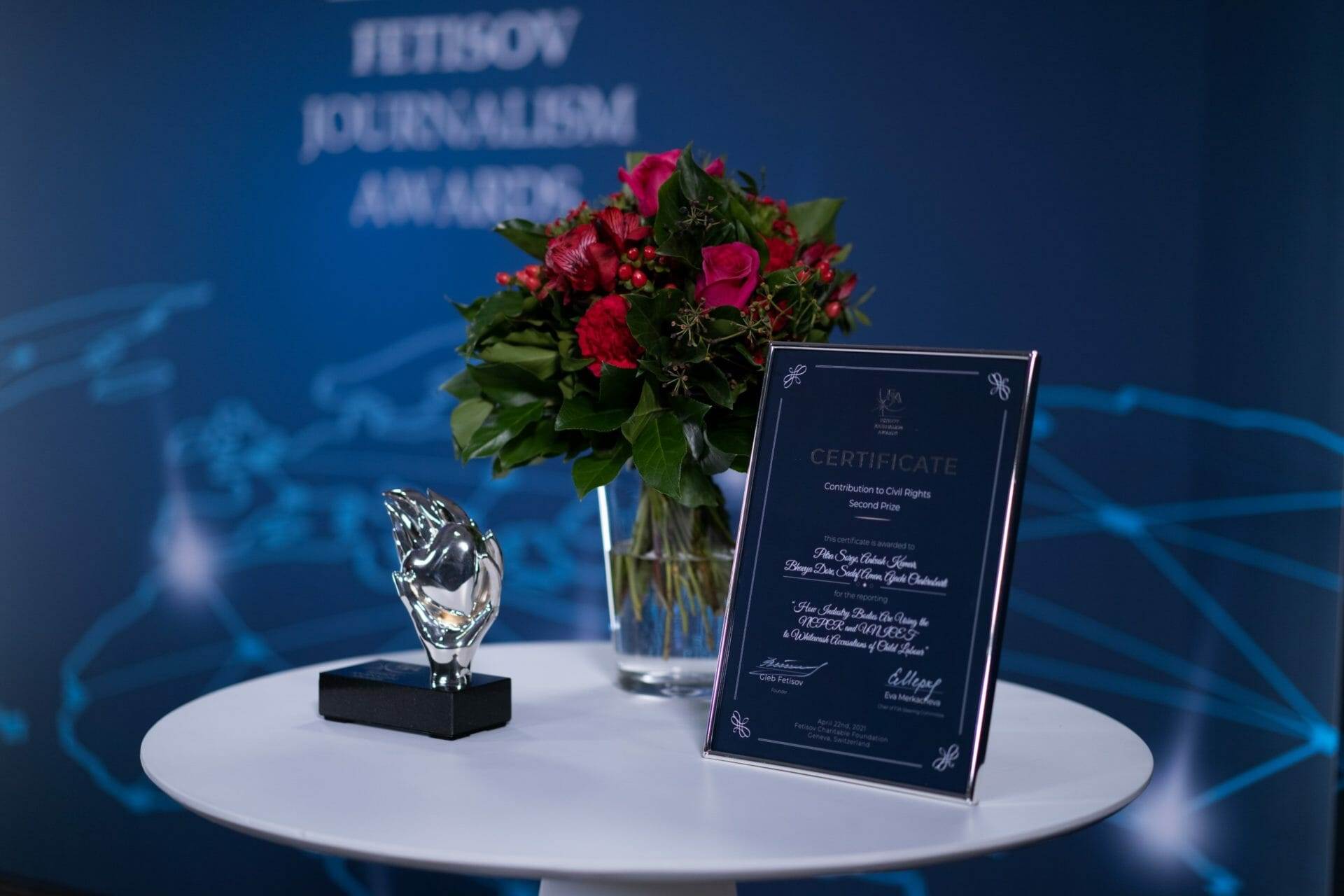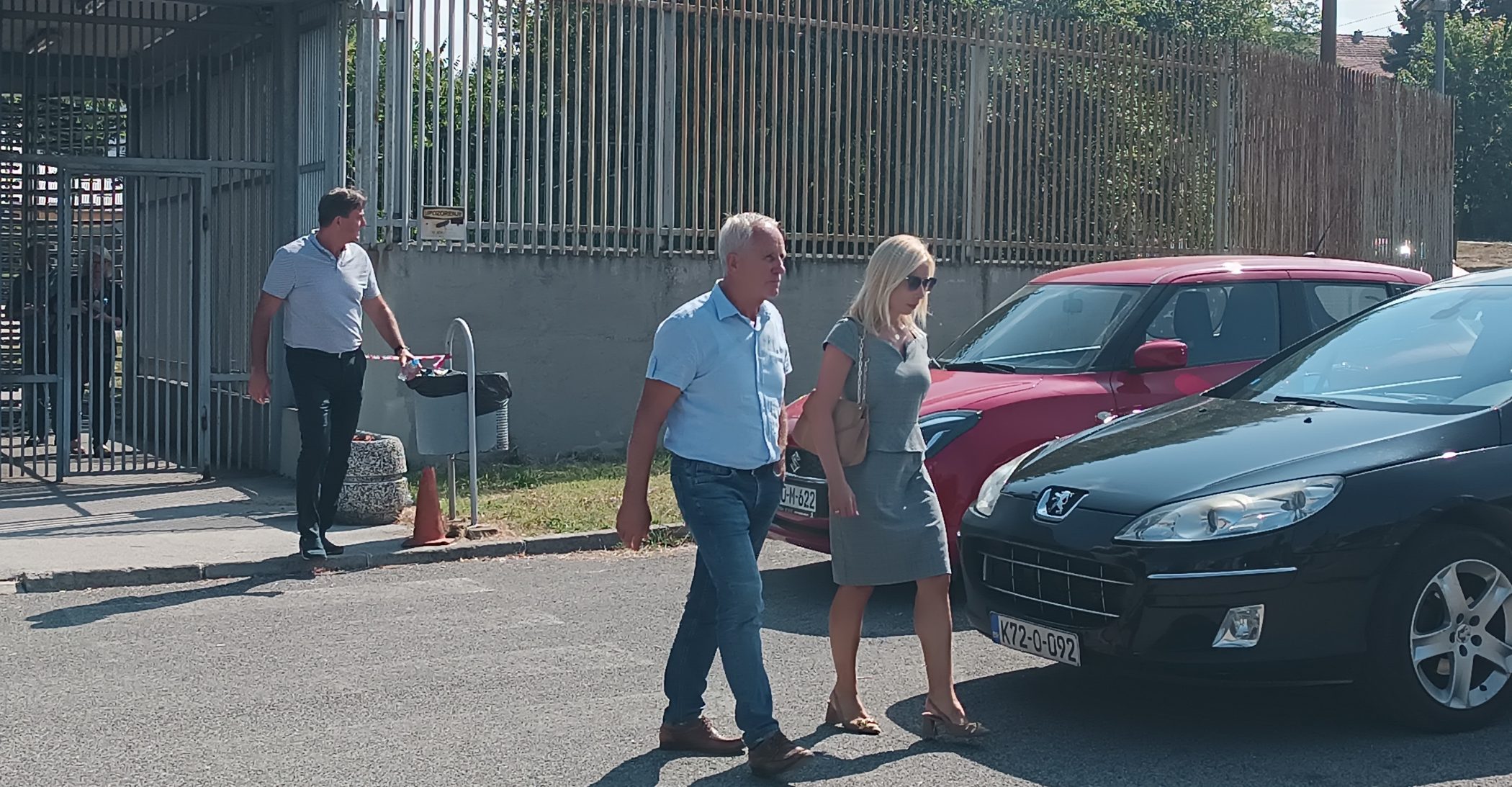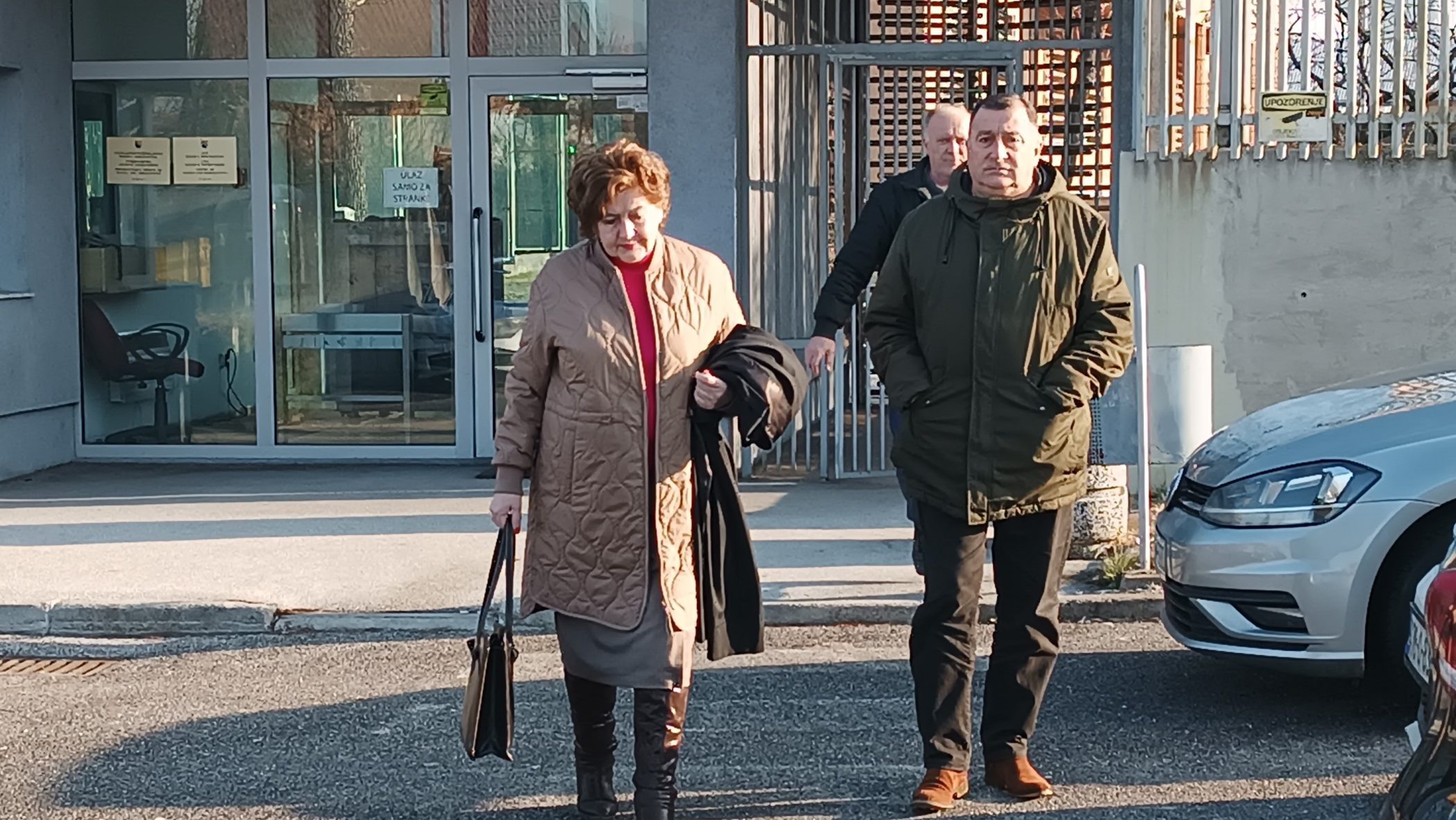This post is also available in: Bosnian
Klonowska, who was involved in the exhumation of remains at Koricanske stijene in 2003, told the Court of Bosnia and Herzegovina that it was one of the most difficult terrains she had ever examined due to its location, the passage of time and the way in which the crime was committed.
“I must mention that all of the bone remains were mostly placed underneath rocks and stones. Our biggest task was to dig in the area in order to find at least a few bigger bones. Unfortunately, we only found fist and foot bones and about 160 different teeth,” Klonowska said.
The Prosecution of Bosnia and Herzegovina invited her to present her findings and opinion at the trial of Sasa Zecevic, Radoslav Knezevic, Petar Civcic, Marinko Ljepoja and Branko Topola, who are charged with having escorted a convoy of more than 1,200 civilians who were traveling from Prijedor to Travnik.
The indictees are charged with separating about 200 men from other convoy passengers and shooting them at Koricanske stijene.
The indictment alleges that Topola was a guard in the Trnopolje detention camp, while the other indictees were members of the Interventions Squad with the Public Safety Station in Prijedor.
During the course of cross-examination, the anthropologist said that it was not possible to determine the DNA on the basis of the bones that had been found, but they were able to determine the names of 39 victims on the basis of dental remains.
“The identification process for Koricanske stijene victims is still ongoing. We have not been able to identify many persons up to the present date, but as science is progressing, I hope that in the future we will be able to identify those killed even on the basis of small bones, like fist or foot bones,” Klonowska said.
At this hearing, the Prosecution introduced 20 pieces of material evidence containing DNA reports for all identified people whose remains were found at Koricanske stijene.
The trial is due to continue on February 3, when the Prosecution will continue presenting its material evidence.



